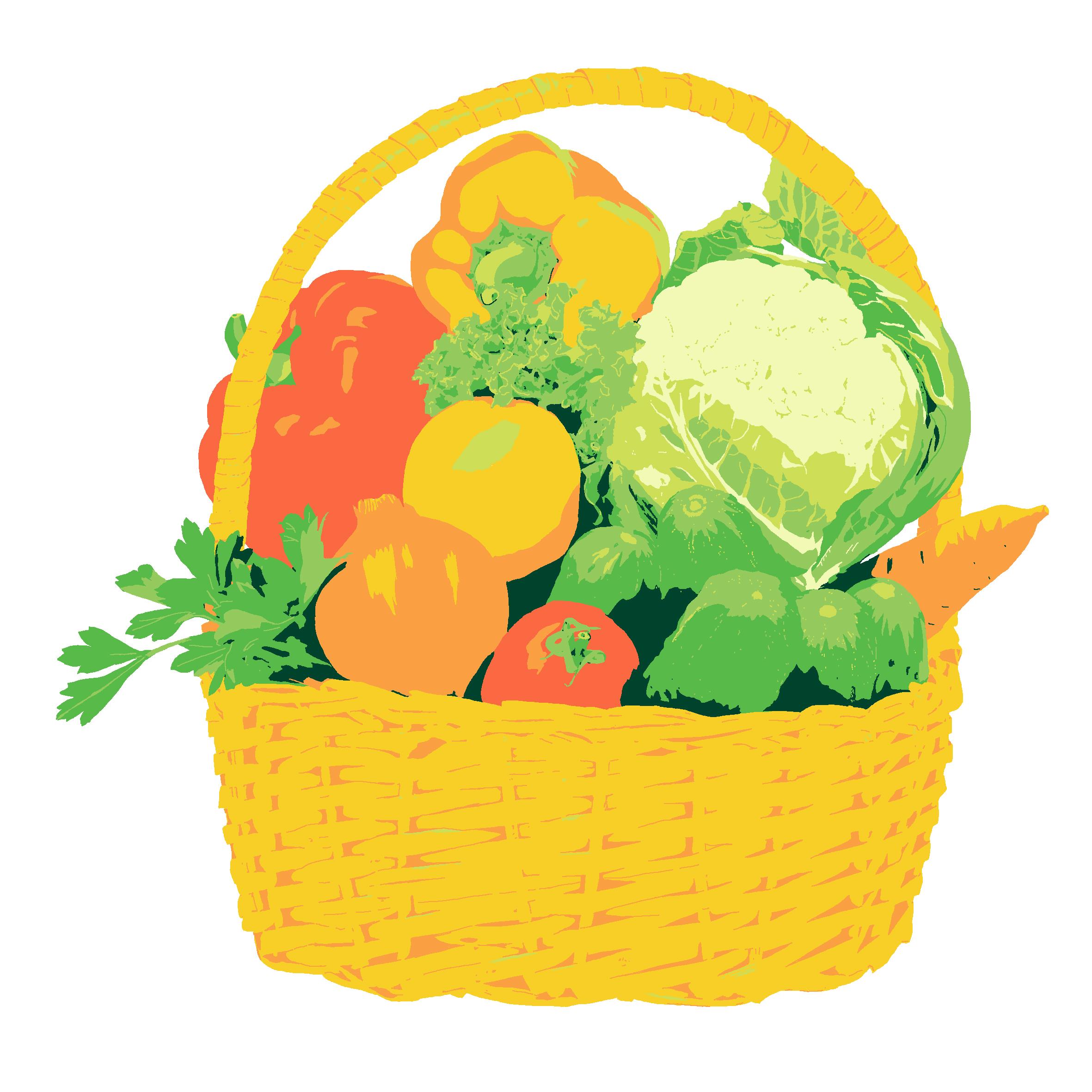How to grow your own for beginners
Posted: 16 Mar 2023Why grow your own?
There are many good reasons to grow your own fruit and vegetables. You know how they have been grown and what processes they have gone through to provide you with an edible crop.
You can grow whatever crops you like, whether they are the ones you find in the supermarkets, or the exotic and adventurous.
Digging up the first potatoes of the year can never fail to thrill and the taste of tomatoes picked straight from the vine on a warm summers day is arguably the best in the world!
Much is said about food miles. Growing your own tomato crop in your garden reduces your carbon footprint substantially!
There are also mental and physical health benefits to be gained from gardening. Whatever the weather, a spot of gardening can't fail to raise your spirits and the calories worked off in the process are an added bonus!



How to make it work for you
Things to consider when choosing your crops are:
• Soil Type
• Microclimate
• Personal Crop Preferences
• Pest Resistant Crops
• Time and Energy
The soil type at Meadow Croft and the surrounding area is clay, which is something that many gardeners here complain about until they have reaped the rewards of its moisture and nutrient holding capacity.
We also have the driest climate in the UK and we see the sun for more hours than most. However, you have probably noticed minor differences within your own gardens. You may have seen that your wisteria flowers more on the South facing side of your property compared to the North and that they open earlier. You might get some frost damage in certain parts of your garden and yet none in others. So, it is important to recognise the microclimates within your space and work with them.
It is often best to start your grow your own hobby with the easier crops. Amongst those are:
• Potatoes
• Spring Onions
• Lettuce
• Radishes
• Mixed Salad Leaves
• Trailing Tomatoes
Then a gradual progression through the likes of:
• Cucumbers
• Cabbages
• Cordon Tomatoes
Then finally onto the slightly trickier once you have experience and confidence:
• Sweet Peppers
• Melons
• Cauliflower
• Sweetcorn
Read our 'How to' guide on crop rotation
As with all plants, pests and diseases can reduce the growth and with food crops reduce yields. Look out for varieties that have some resistance to pests and diseases. Also, consider using other plants as useful companions to help reduce damaging insects. Check out our tip below!
Tip!
Plant marigolds near tomato plants as they encourage good insects that feed on the baddies!

The best tools for the job
There are many tools, sundries and accessories that can be used to help grow your own. However, not all of them are completely necessary when starting up.
A good spade, fork, hoe, some string, a few bamboo canes and a rake are a very good start.
A bucket of 'Westland Fish Blood and Bone' will help to give your crops a good, balanced feed. A box of ‘Epson Salts’ and some ‘Big Tom Tomato Feed’ will be sufficient to ensure your tomato and potato plants are green and healthy.
Most importantly!
Enjoy the fruits of your labour and get ready to share! It is common to grow more than you can eat, especially
when you first start growing your own. So, make sure you keep up with harvesting the freshest produce and if you see it about to go over, pick it, dig it or cut it and give it to your next best friend!


